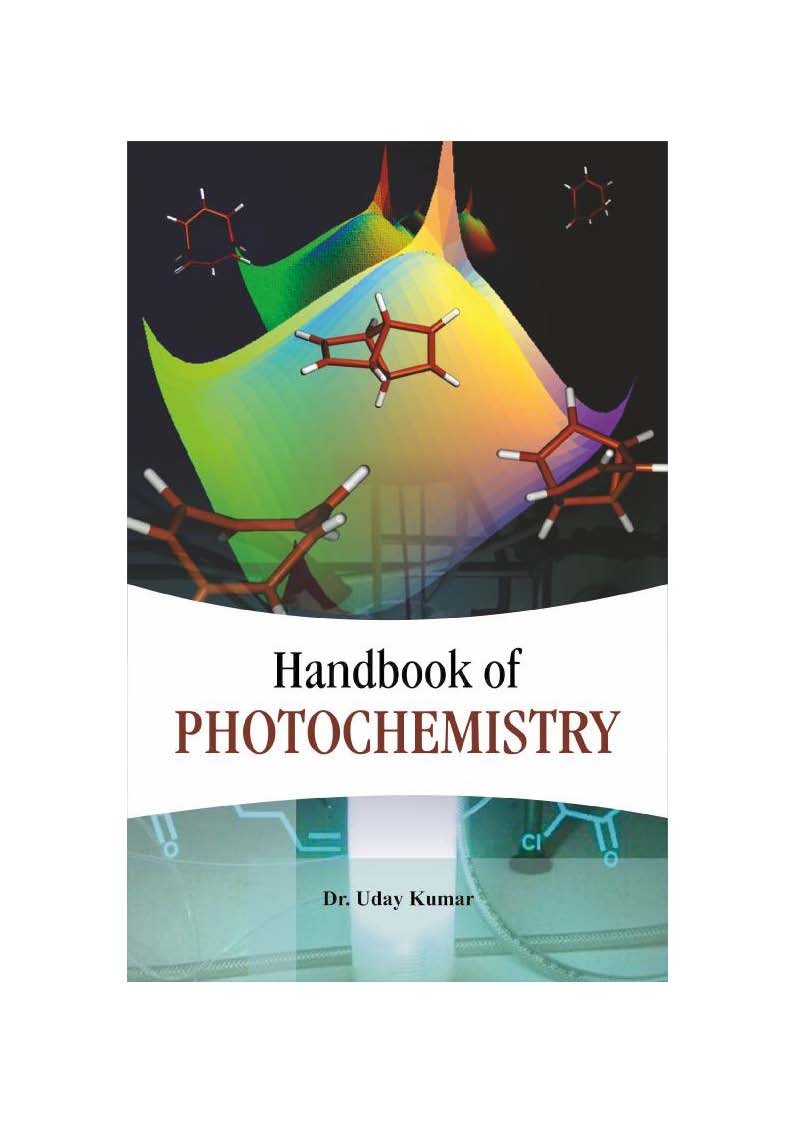Handbook of Photochemistry
Handbook of Photochemistry
Couldn't load pickup availability
Photochemistry is concerned with the absorption, excitation and emission of photons by atoms, atomic ions, molecules, molecular ions, etc. The simplest photochemical process is seen with the absorption and subsequent emission of a photon by a gas phase atom such as sodium. Photochemistry is the branch of chemistry concerned with the chemical effects of light. Generally, this term is used to describe a chemical reaction caused by absorption of ultraviolet (wavelength from 100 to 400 nm), visible light (400 - 750 nm) or infrared radiation (750 - 2500 nm). Photochemical reactions are valuable in organic and inorganic chemistry because they proceed differently than thermal reactions. Many thermal reactions have their photochemical counterpart. Photochemical paths offer the advantage over thermal methods of forming thermodynamically disfavvoured products, overcoming large activation barriers in a short period of time, and allowing reactivity otherwise inaccessible by thermal processes. Based on the Universities syllabus, this handbook provides an introduction to the principles and applications of photochemistry to graduate students of chemistry and allied fields.
Share

